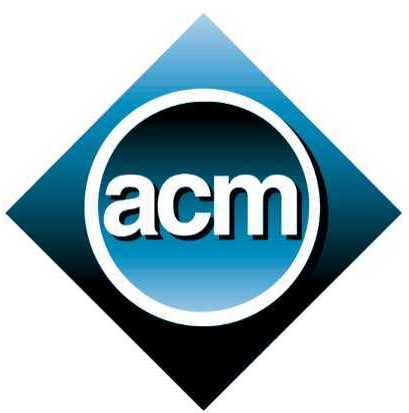Invited speakers
The conference features three invited talks by Frits Beukers, Marie-Francoise Roy and Volker Strassen.
| Frits Beukers, University of Utrecht, Netherlands |
Hypergeometric functions: computational aspectsAbstract: The classical Gauss hypergeometric function is familiar in mathematical physics and many other areas of application. Over the years many generalizations have been introduced both for practical and theoretical reasons. This development culminated in the theory of so-called A-hypergeometric functions, from the end of the 1980's. It turns out that analytic properties of A-hypergeometric functions are governed by algebraic and combinatorial rules. This adds an algebraic dimension to the approach of hypergeometric functions by the computer. A specific example is the Groebner basis approach in the book by Saito, Sturmfels and Takayama. But there are many others In this lecture we explain the concept of A-hypergeometric functions and indicate a few challenges in a computational approach. |
| Marie-Francoise Roy, University of Rennes, France |
Complexity of deciding connectivity in semi-algebraic sets: recent results and future research directionsAbstract: The number of connected components of a real algebraic set is O(d)^k which is polynomial in the degree d and singly exponential in the number of variables k. The first algorithm with elementary recursive complexity for counting the connected components is Collins's cylindrical decomposition, with complexity doubly exponential in k. Canny's roadmap gives a singly exponential complexity, its best variants have complexity d^{0(k^2)}. The talk will report on recent results based on work of Safey/Schost and Basu/Roy/Safey/Schost improving Canny's roadmap using a baby step giant step strategy and obtaining complexity d^{0(k \sqrt(k))}. A challenging research direction is to use a divide and conquer strategy to get an exponent quasi linear in k. |
| Volker Strassen, University of Konstanz (retired), Germany |
Asymptotic spectrum and matrix multiplicationAbstract: The exponent omega of matrix multiplication controls the asymptotic behaviour of the optimal number of arithmetic operations sufficient to multiply matrices. The asymptotic spectrum of a class of bilinear maps is a compact subset of some real n-space that contains all asymptotic information on the relative computational complexity of the bilinear maps in question. In the talk I will sketch the history of upper bounds for omega (without adding to it) and I will attempt to convince the audience that the asymptotic spectrum is the right tool to make further progress. |












